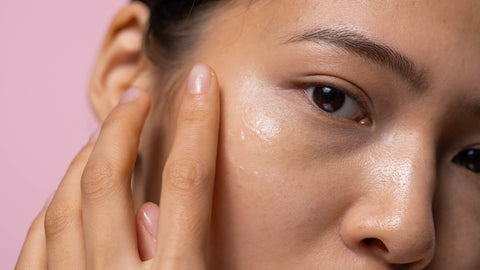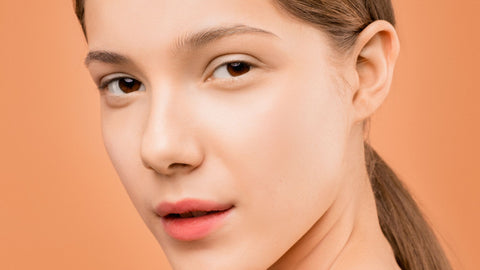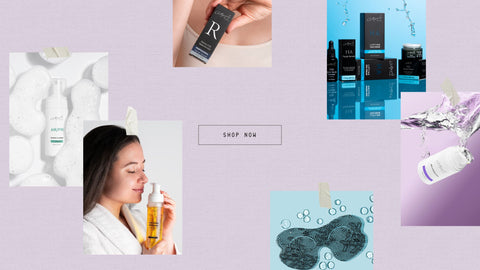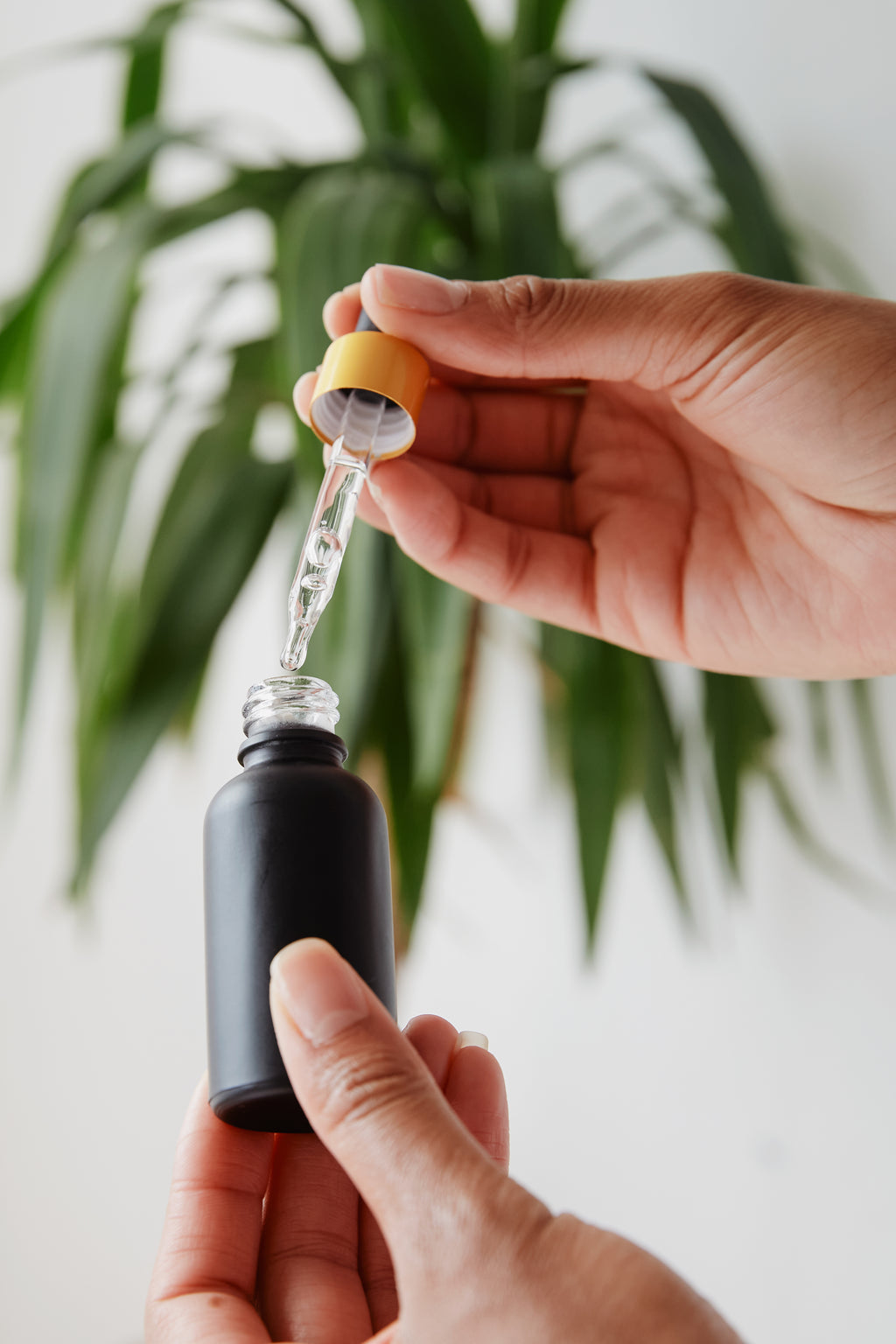Subcutaneous eruptions = closed comedones. They are formed due to the fact that there is no high-quality exfoliation and the sebum is not able to come out. It remains under the skin as a comedone and is palpable with the fingers as a lump.

You can also add enzyme powder to the care. It is atraumatic and can be a worthy substitute for a scrub.
If, after applying the assets, the black spots do not disappear, we strongly advise you to contact a cosmetologist for professional cleaning and not to remove them yourself at home, if it is any part of your face.
What is the difference between closed and open comedones?
Open comedones (also called black spots) appear when the dirt and sebum that accumulates in the pores oxidizes under the influence of air. This is how a sebaceous plug is formed, which has a black color.
Closed comedones do not have access to oxygen, because they are covered by a layer of the epidermis. This layer prevents the free release of sebum, so the sebaceous plug remains under the skin.


 How to get rid of comedones at home?
How to get rid of comedones at home?At home, we can get rid of this problem if we introduce acids into our care. These are three acids, which are also called the golden three:
- salicylic;
- azeloinova;
- almond
I strongly do not recommend squeezing out such comedones at home with your own hands or using any cosmetology tools. Not knowing how to do it correctly, you can only harm and even introduce an infection.
Which skin type is most prone to comedones and black spots?
Most often, the problem of comedones occurs in oily and combination skin types.
Such skin has very noticeable and deep pores:
- in the combined type - in the area of the T-zone;
- in the oily type - they can even be on the temples and cheekbones.
Oily and combination skincare tips: for such skin, the prevention of the formation of comedones can be, for example, hydrophilic oil instead of micellar water at the stage of makeup removal. Hydrophilic oil effectively cleans pores from dirt, dust, cosmetics or SPF filters. It is very important that such a tool does not contain comedogenic components, for example, mineral oil.
Another way to prevent comedones can be acids:
- salicylic,
- mandelic,
- azeloic.
It is important that all your care is not acidic. Choose one tool, two at most.
The next stage is enzyme powders. For oily and problematic skin, it can be products that additionally contain anti-inflammatory components, such as tea tree extract or betaine salicylate.
Dry and sensetive skincare tips: avoid glycolic acid. It has a small molecule that has the ability to irritate the skin even more. Give preference to lactic, mandelic or lactobionic acid. You should also choose more delicate enzyme powders, which, for example, have not papain, but lipase as enzymes.
Normal skincare tips:
as a prevention, exfoliation once a week will be enough. Enzyme powder, peeling roller or very light acid peeling: almond or milk is suitable.

